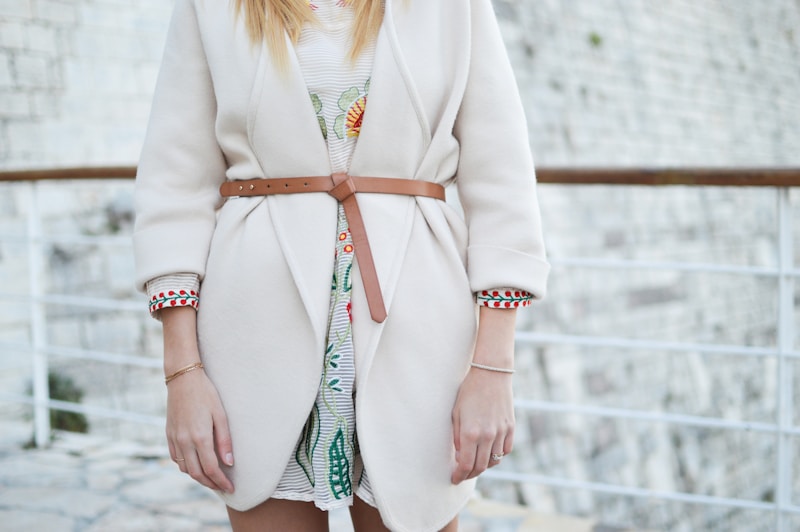Community and Sharing in Dress Rentals: Unlocking a Sustainable Fashion Future
As the fashion industry evolves, sustainability has emerged as a crucial theme. One of the most innovative solutions in this realm is the rise of dress rental services. By fostering community and sharing, dress rentals not only allow individuals to access high-quality apparel but also contribute significantly to the environment. In this article, we will explore the concept of community and sharing within dress rentals, including its benefits, challenges, and future potential.
The Concept of Dress Rentals
Dress rentals refer to the practice of renting clothing for special occasions rather than purchasing it outright. This trend has gained momentum due to the increasing awareness of fast-fashion repercussions on the environment. Consumers have started to seek alternatives that reduce their carbon footprint, and dress rentals provide a sustainable option to accessorizing for events.
How Community Plays a Role
The sense of community surrounding dress rentals is palpable. The sharing economy fosters relationships among users, promoting trust and cooperation. Here are some ways in which community and sharing manifest in this sector:
| Community Engagement | Social Sharing | Local Support |
| Dress rental platforms often have online forums where members can discuss styles, share tips, and recommend outfits. | Users frequently share pictures of themselves wearing rented clothes on social media, celebrating each other's fashion choices. | Many dress rental services collaborate with local designers, promoting regional talent. |
Benefits of Community and Sharing in Dress Rentals
Integrating community and sharing into the dress rental process yields numerous benefits:
1. Environmental Sustainability
By opting for rentals, consumers contribute to a significant reduction in waste. The fast-fashion industry has led to an alarming amount of textile waste, with millions of tons ending up in landfills. Dress rentals prolong the life cycle of garments, promoting a more circular economy.
2. Affordability
Renting dresses is often more cost-effective than purchasing them. This is especially beneficial for expensive items that would only be worn once or twice. Consumers can access high-quality designer dresses at a fraction of the retail price.
3. Diverse Options
Dress rental platforms often feature a wide range of options, from casual wear to extravagant gowns. Members can experiment with different styles without the burden of a hefty price tag. This diversity allows individuals to express their uniqueness in various social settings.
4. Building Relationships
The dress rental community encourages members to engage with each other, creating connections. This sense of belonging can lead to lasting friendships and the opportunity to meet like-minded individuals.
Challenges in the Dress Rental Community
While the community and sharing aspect of dress rentals offers numerous advantages, there are also challenges to consider:
1. Size and Fit Issues
One of the primary challenges in dress rentals is finding the right fit. As clothing sizes vary by brand and style, renters may struggle to find dresses that suit them perfectly. To address this, rental platforms should provide detailed sizing guides and user reviews.
2. Hygiene Concerns
Another issue that may deter potential users is hygiene. To combat this concern, dress rental companies must prioritize proper cleaning and sanitation of garments. Implementing strict quality controls and ensuring transparency about cleaning processes can help build trust within the community.
The Future of Dress Rentals: A Community-Centric Approach
As the dress rental market continues to grow, a community-centric approach will be vital for its longevity. Here are some trends to watch for:
1. Increased Personalization
Personalized recommendations based on user preferences will enhance the shopping experience. Advanced algorithms can analyze rental history and individual styles, offering tailored suggestions that resonate with each community member.
2. Expansion of Local Initiatives
Local collaborative initiatives can bridge the gap between dress rental services and regional designers. By supporting local fashion, these platforms can create unique collections that reflect their community's culture.
3. Mobile-First Solutions
With the prevalence of smartphones, dress rental platforms will increasingly emphasize mobile usability. Apps that facilitate seamless browsing and booking will contribute to the community's growth by making the renting process more accessible.
4. Emphasis on Sustainability
As sustainability becomes a priority for consumers, dress rental services will likely adopt eco-friendly practices, from sourcing to cleaning. Platforms will promote transparency about their sustainability measures, appealing to environmentally-conscious individuals.

Conclusion: The Importance of Community and Sharing in Dress Rentals
Community and sharing play a pivotal role in enhancing the dress rental experience. By fostering connections, promoting sustainability, and providing diverse options, dress rentals represent a paradigm shift in the fashion industry. However, as we move forward, it's essential to address challenges such as sizing and hygiene to ensure the reliability of these services. Consumers can play a crucial role by participating in discussions, providing feedback, and supporting local initiatives. Ultimately, the future of dress rentals lies in building a vibrant, inclusive community that prioritizes sustainability and fashion accessibility.
In conclusion, as we embrace the concept of community and sharing in dress rentals, it’s vital to remember that our choices can lead to a more sustainable future. By renting rather than buying, we not only expand our wardrobes but also contribute to a more eco-friendly world. The journey toward a sustainable fashion future is collaborative; let’s embrace it together!